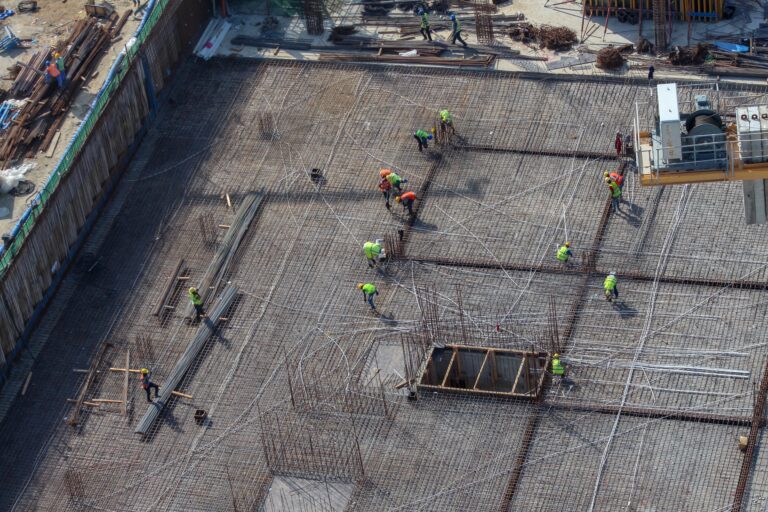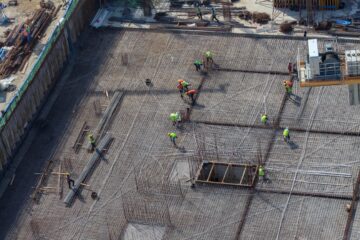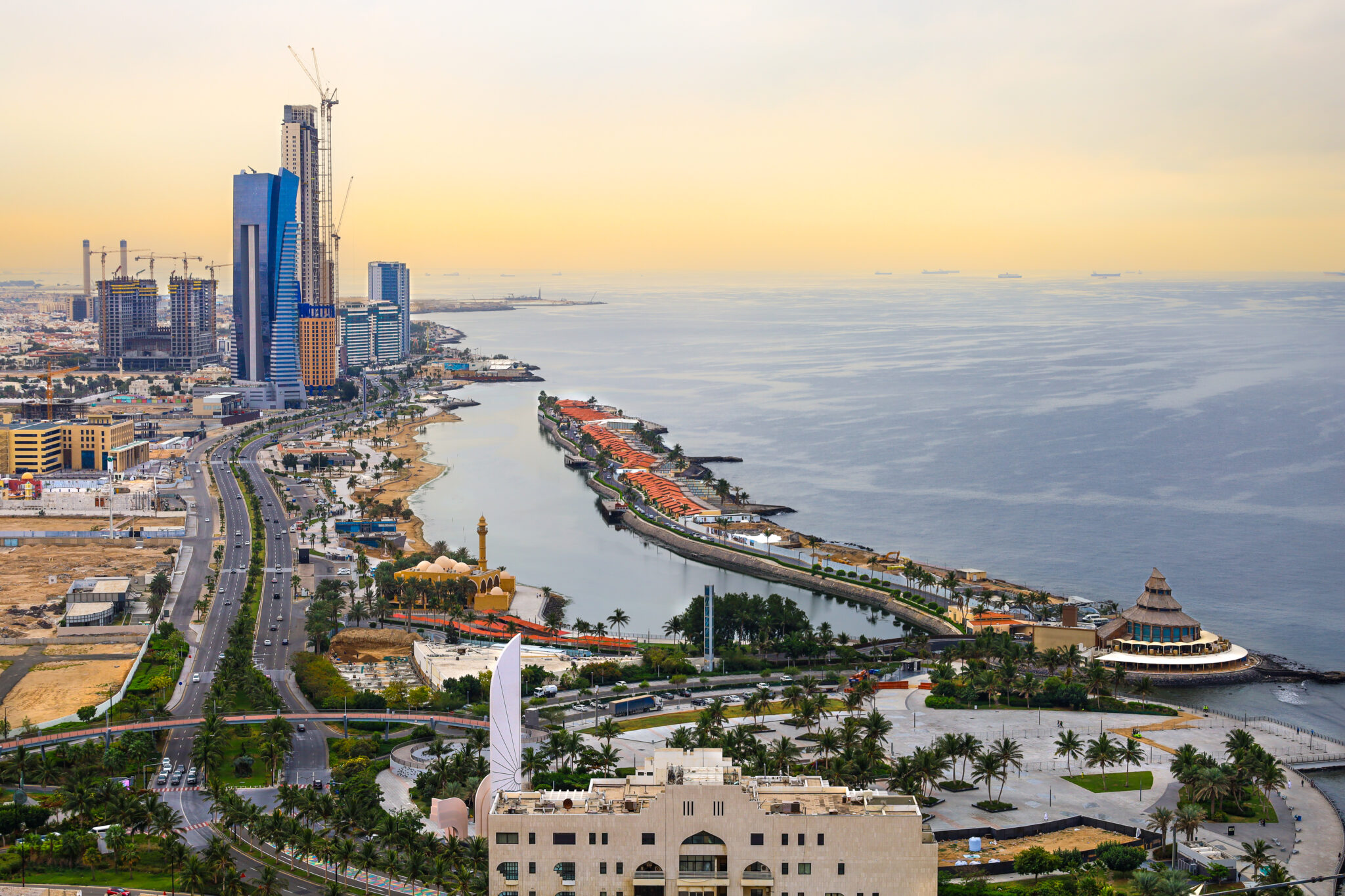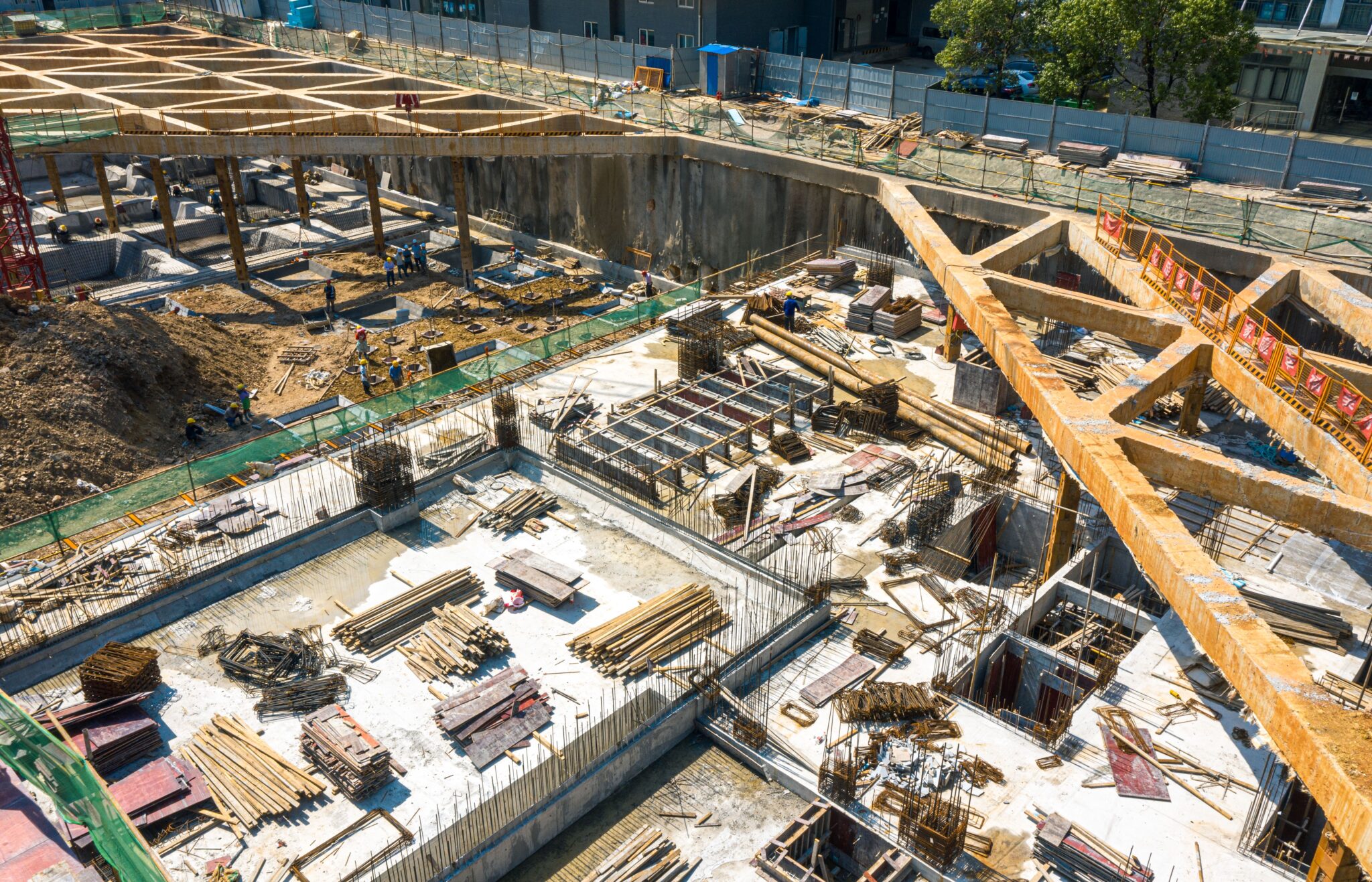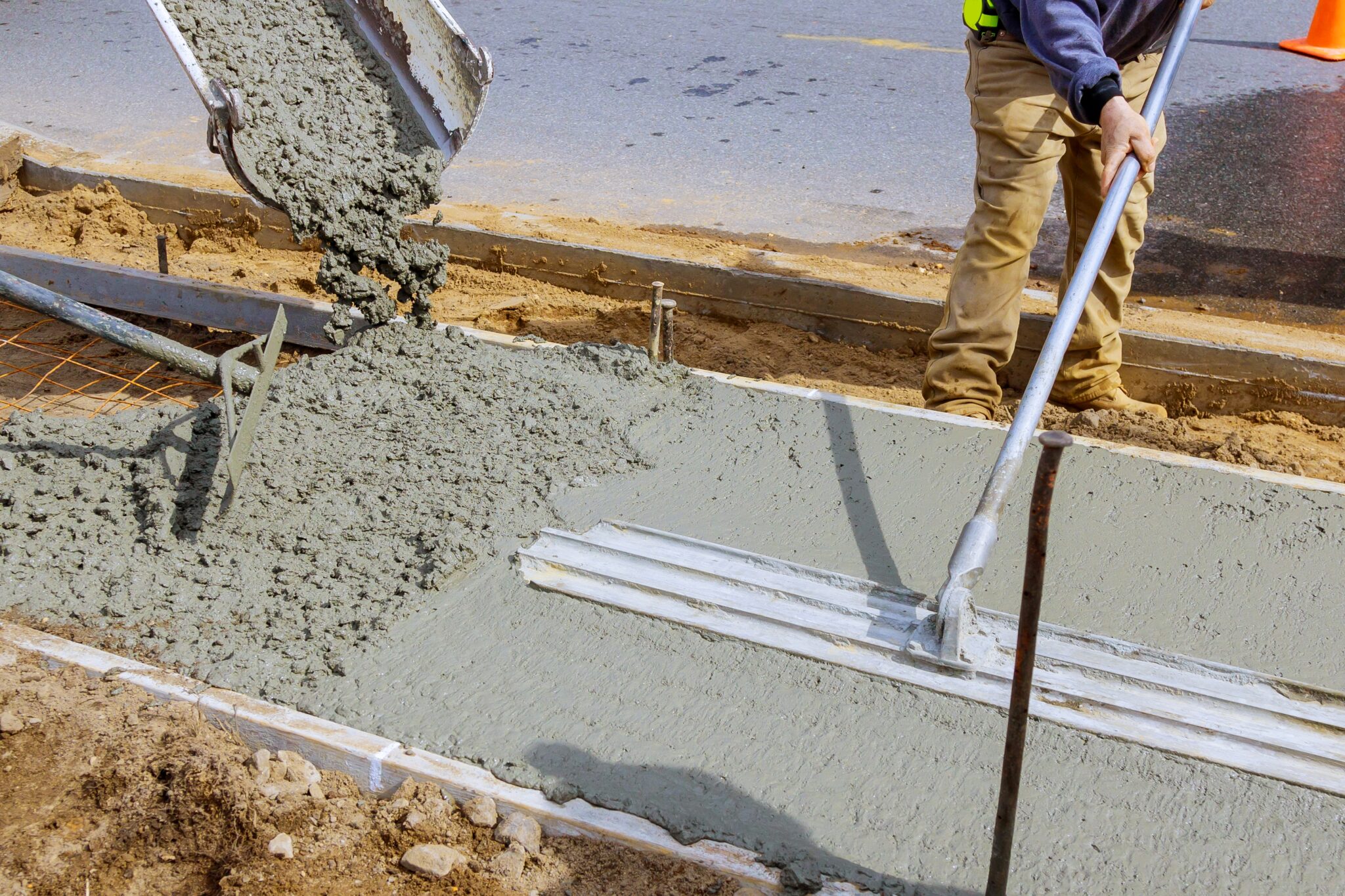Post-tensioning is a construction technique that enhances the structural performance of concrete by applying tension to the steel tendons within the concrete. This method is widely used in Saudi Arabia to improve the strength and durability of various structures. In this blog, let’s explore the post-tensioning process, its benefits, and its applications in Saudi Arabian construction projects.
Big Projects Deserve Better Protection
What is Post-Tensioning?
Post-tensioning involves the placement of steel tendons within the concrete formwork before the concrete is poured. Once the concrete has gained sufficient strength, the tendons are tensioned and anchored against the concrete. This process imparts compressive forces to the concrete, counteracting the tensile forces that can cause cracking and structural failure.
Benefits of Post-Tensioning
From durability to load distribution, there are many benefits of this construction technique.
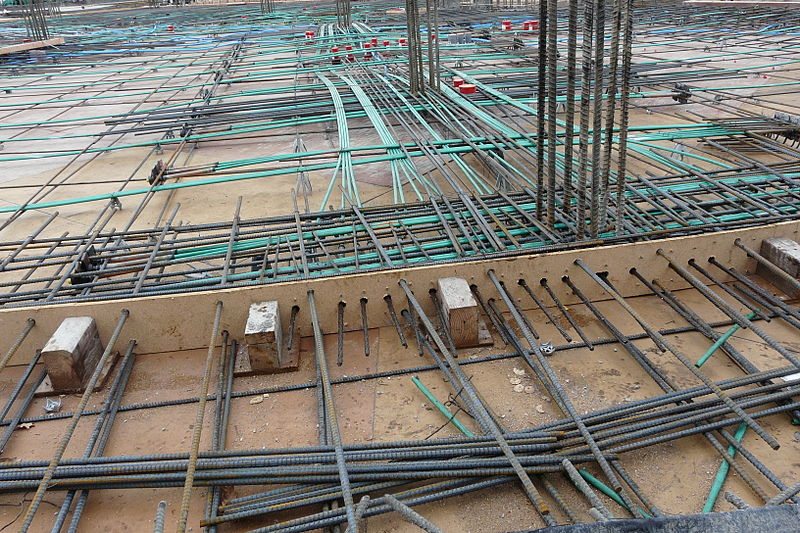
Increased Strength and Durability
Post-tensioning significantly increases the strength and durability of concrete structures. The compressive forces applied to the concrete help it withstand higher loads and reduce the risk of cracking.
Reduced Material Usage
By enhancing the structural performance of concrete, post-tensioning allows for the use of thinner slabs and smaller cross-sections. This reduction in material usage can lead to cost savings and more efficient use of resources.
Greater Design Flexibility
This technique provides greater design flexibility, allowing for longer spans and more complex architectural designs. This flexibility is particularly beneficial for large infrastructure projects and high-rise buildings.
Improved Load Distribution
The tensioned tendons help distribute loads more evenly across the structure, reducing the risk of localised stress concentrations and enhancing overall stability.
Applications of Post-Tensioning in Saudi Arabia
This construction technique can be used in various construction projects in Saudi Arabia:
- Bridges and Overpasses
Commonly used in the construction of bridges and overpasses in Saudi Arabia, the technique allows for longer spans and reduces the need for intermediate supports. As a result, it produces more efficient and aesthetically pleasing designs. - High-Rise Buildings
In high-rise buildings, applying this technique helps achieve thinner floor slabs and greater floor-to-ceiling heights. This not only improves the building’s structural performance but also maximizes usable space. - Parking Structures
This technique is ideal for parking structures, where long spans and open spaces are required. The technique enhances the durability of the concrete, reducing maintenance costs and extending the lifespan of the structure.
Check out this real-life application! Learn how ARW Concrete Contracting optimised their technique.
Conclusion
Post-tensioning is a valuable construction technique that enhances the structural performance of concrete in Saudi Arabian projects. By leveraging the benefits, builders can achieve stronger, more durable, and more flexible structures.
Take the tension out of post-tensioning! Watch our free webinar here.